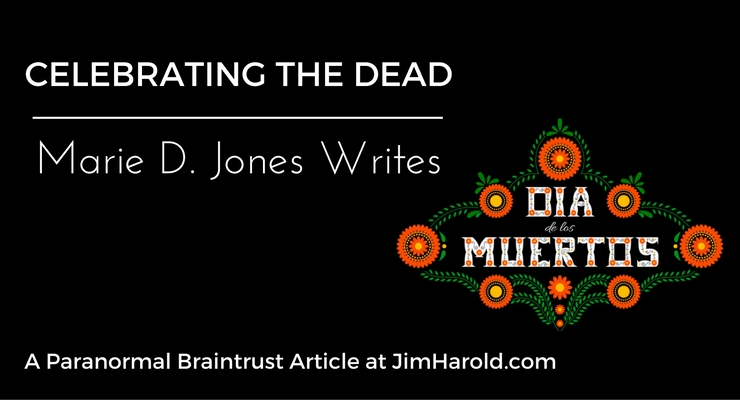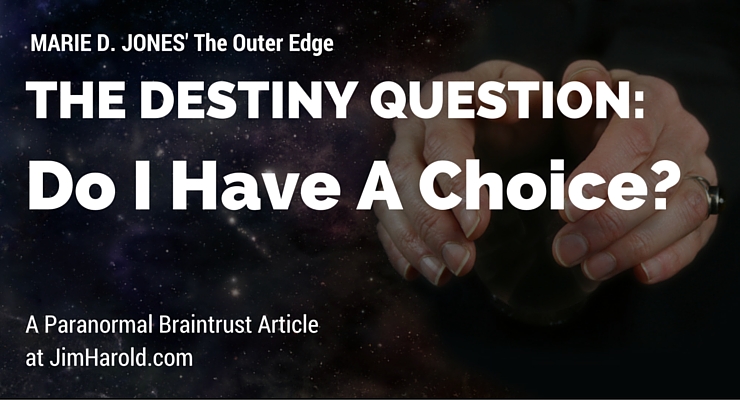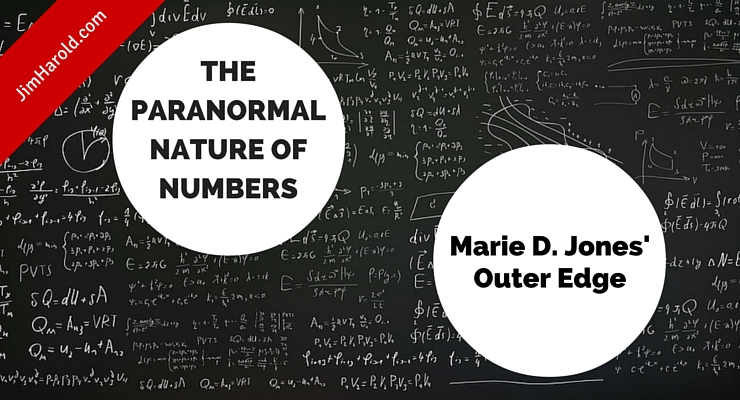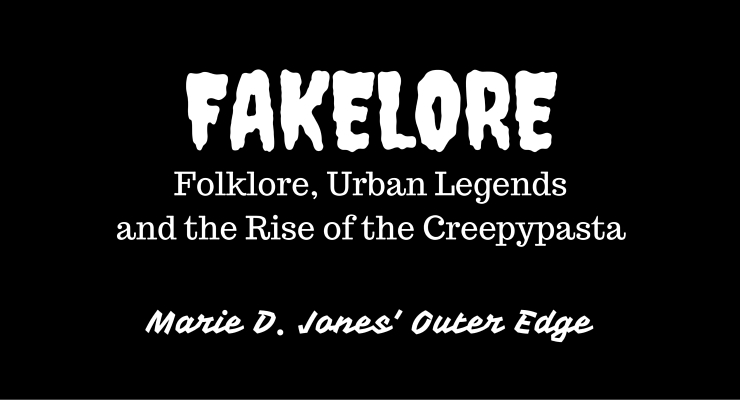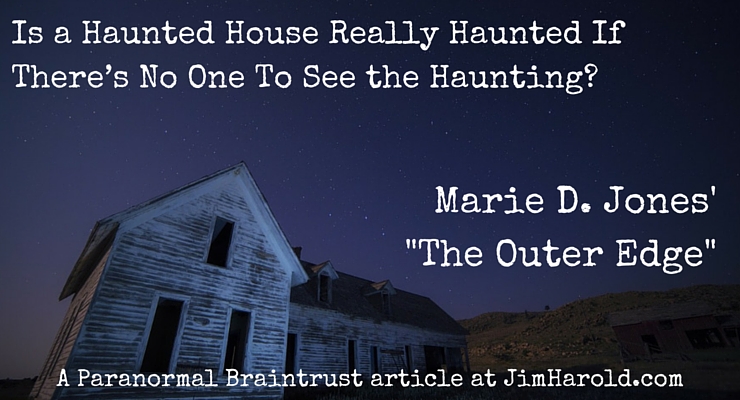Celebrating the Dead: The History of Dia de Muertos – Marie D Jones Writes
Every October 31st, Americans head to parties or hit the streets dressed in elaborate, often spooky costumes, in celebration of Halloween, a time when the veil between this world and the world beyond death is said to be at its thinnest. We decorate our homes and yards with scary monsters, witches and ghouls, provoking a…
Read More
